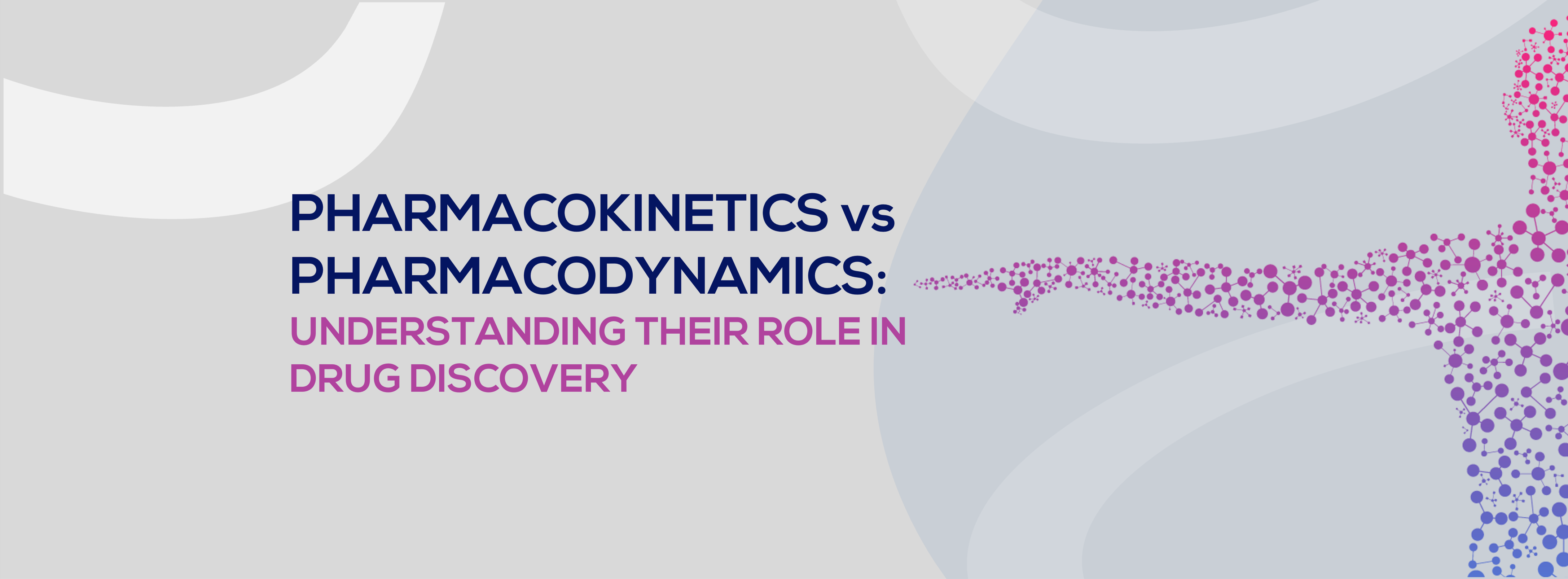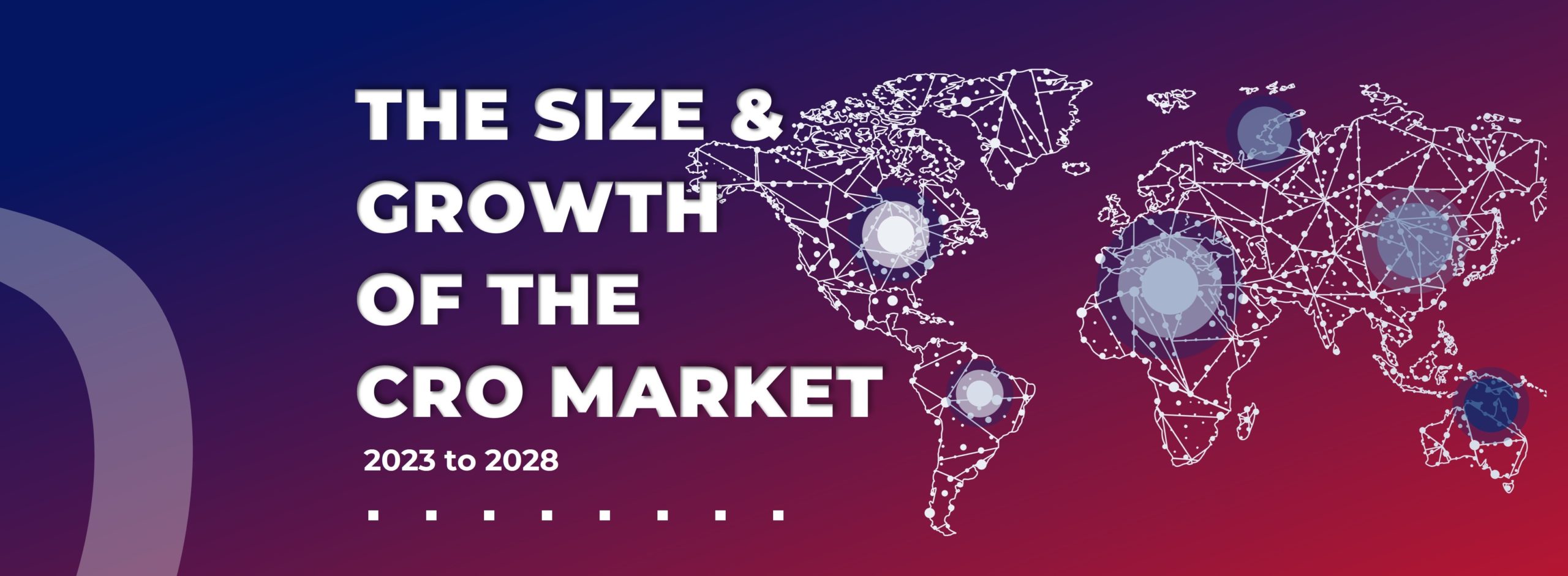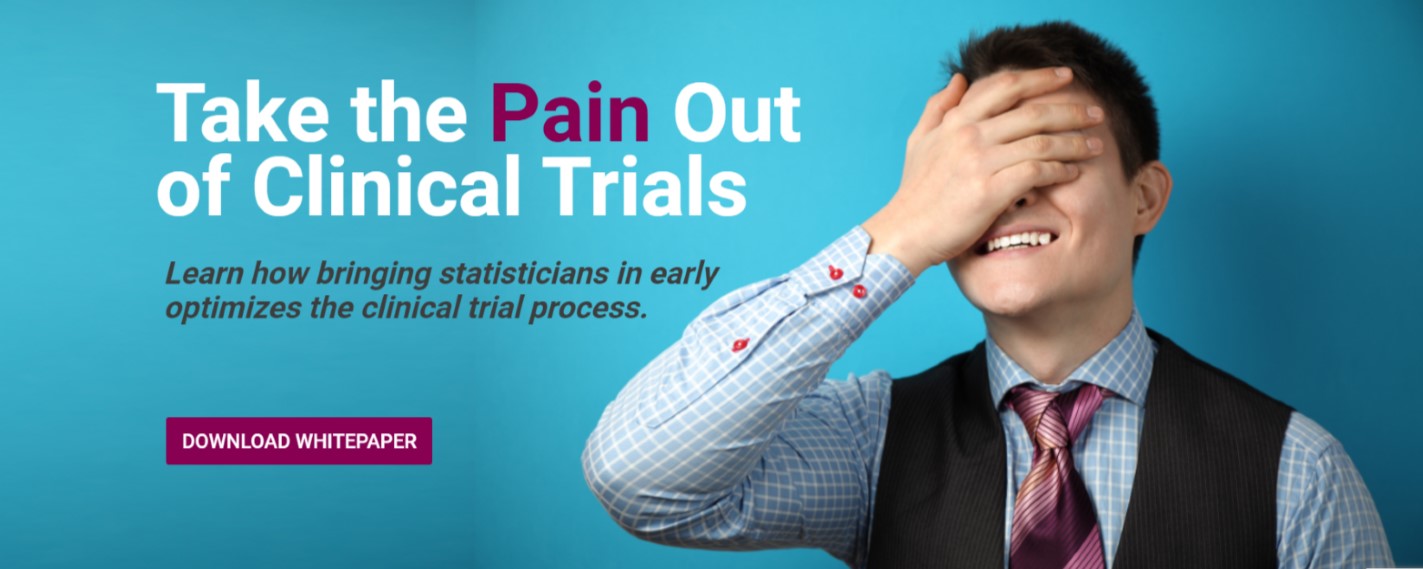
Pharmacokinetics vs Pharmacodynamics: Understanding their role in Drug Discovery
Pharmacokinetics vs Pharmacodynamics: each play a crucial role in the drug discovery process by providing insight into how drugs work in the body and how they can be optimized for maximum therapeutic benefit. They focus on a drug’s effectiveness and safety by how the body absorbs, distributes, metabolizes and removes that drug. While both concepts are related to how drugs affect the body, they are distinct and have different roles in drug development and clinical use.
Table of Contents
Pharmacokinetics vs Pharmacodynamics; what is the difference?
Pharmacokinetics and Pharmacodynamics are two different, yet closely related concepts in drug development. Pharmacokinetics focuses on what the body does to the drug or how the drug is process by the body, while Pharmacodynamics focuses on what the drug does to the body or how the drug produces its therapeutic effect. More specifically, Pharmacokinetics deals with the absorption, distribution, metabolism and elimination of drugs, while Pharmacodynamics deals with the relationship between drug concentration and its effect on the body.What is Pharmacokinetics?
Pharmacokinetics involves the analysis of how the body reacts to a drug or substance after its absorption. It includes how and where the drug is distributed throughout the body, how the body metabolizes the drug and how the drug is eliminated. Pharmacokinetics is essential for measuring the rate of a drug’s absorption, distribution, metabolism, excretion and it’s main goal is to enhance the efficiency of drug therapy while minimizing harmful effects. Pharmacokinetics involves the following processes and parameters: Absorption Absorption refers to the process when a drug enters the bloodstream from its site of administration. This can occur through various routes, such as oral, intravenous, subcutaneous or inhalation. Factors that can affect drug absorption include the route of administration, the drug’s chemical properties and the presence of food or other drugs in the digestive system. Distribution Once a drug is absorbed into the bloodstream it is distributed throughout the body to its target site. Distribution can be influenced by various factors, such as the drug’s size and shape, its solubility and its ability to bind to proteins in the blood. Drugs can also cross the blood-brain barrier, which can have important implications for their therapeutic effects and side effects. Metabolism Metabolism refers to the process by which a drug is broken down into smaller, more water-soluble molecules that can be excreted from the body. This process is carried out by enzymes in the liver and it can affect the drug’s pharmacological activity and toxicity. Some drugs can also undergo metabolism in other organs, such as the kidneys or the gut. Excretion or Elimination Excretion refers to the process by which a drug is eliminated from the body. This can occur through various routes, such as the kidneys, the liver or the lungs. Factors that can affect drug excretion include the drug’s chemical properties, the function of the excretory organs and the presence of other drugs that can compete for excretion pathways. Bioavailability Bioavailability describes the fraction of the administered dose that reaches the systemic circulation. Low bioavailability can lead to suboptimal drug concentrations, which may result in inadequate therapeutic effects. Therefore, drug developers must optimize the bioavailability of a drug by selecting the appropriate route of administration, formulation and dose. Clearance Clearance describes the rate at which a drug is eliminated from the body. The half-life of a drug, which is the time required for the drug concentration to decrease by half, is also an important PK parameter that determines the dosing interval needed to maintain therapeutic drug concentrations. A drug with a short half-life requires frequent dosing, while a drug with a long half-life requires less frequent dosing. Understanding the pharmacokinetic properties of a drug is crucial in drug discovery as it helps to determine the appropriate dosing regimen, the route of administration and the duration of drug exposure needed to achieve therapeutic effects.What is Pharmacodynamics?
Pharmacodynamics (PD) analyzes the interactions between the body and the drug. While Pharmacokinetics emphasizes the movement of a drug within the body, PD refers to the molecular, physiological, and biochemical effects of the drug. It deals with the relationship between drug concentration and its effect on the body, including the mechanism of action, the dose-response relationship, the duration of action and adverse effects. PD parameters include: Receptor binding A drug’s contact with its target receptor in the body is referred to as receptor binding. The chemical makeup of the drug, the characteristics of the receptor, as well as the existence of additional molecules that can bind to the receptor, can all have an impact on this interaction. Agonists and antagonists Agonists are drugs that bind to a receptor and activate it, producing a therapeutic effect. Drugs known as antagonists bind to a receptor and prevent it from activating, having the inhibitory action as a result. Depending on the receptor’s concentration and state, certain drugs can have both agonist and antagonist actions. Efficacy and potency Efficacy refers to the ability of a drug to produce a desired therapeutic effect. Potency refers to the amount of a drug required to produce a given effect. These two concepts are often related but can be independent of each other. A drug with high potency may not have high efficacy if it is unable to produce a significant effect at the target site. Therapeutic index This parameter helps determine the safety of a drug. The therapeutic index measures the difference between the dose required to have a therapeutic impact and the dose required to have a harmful effect. A drug with a high therapeutic index is seen to be safe, whereas a drug with a low therapeutic index carries a greater risk of harm. Selectivity The selectivity of a drug refers to its capacity to interact with one target while having no negative effects on other targets, and is frequently expressed as the selectivity ratio. The ratio between the concentration needed to create a certain effect at the primary target and the concentration needed to produce the same effect at a secondary target is how selectivity is stated.Interdependence of Pharmacokinetics and Pharmacodynamics
The concepts of PK and PD are interrelated, and a drug’s PK characteristics can influence its PD characteristics and vice versa. To maintain therapeutic levels, drugs with a short half-life may need to be dosed frequently, while a drug with a long half-life may need to be dosed less frequently. The drug’s formulation and administration method may both have an impact on PD. For instance, a drug that is designed to have sustained release features may have a longer half-life and need fewer doses overall.Importance of Pharmacokinetics and Pharmacodynamics
PK/PD is an essential aspect of drug discovery and development because it helps to predict the safety, efficacy, and optimal dosing regimen of a drug.- Pharmacokinetics and Pharmacodynamics principles help researchers understand how quickly a body absorbs and eliminates drugs so that they can make decisions pertaining to drug formulation, dosage requirements, increase its efficacy and minimize its toxicity.
- Without Pharmacokinetics and Pharmacodynamics investigation of a drug, regulatory agencies would not approve its use. Therefore, both PK and PD, in combination with health agency approved standards, play a crucial role in drug discovery and determining the success or failure of drugs’ approval.
- Pharmacodynamic studies can help identify the mechanisms of action of drugs, optimize drug-receptor interactions, and predict the therapeutic and adverse effects of drugs.
- Both Pharmacokinetics and Pharmacodynamics principles are applied to facilitate safe and efficacious therapeutic management of patients. It is important for patients with chronic disease to understand the significance of PK/PD as they play a major role in determining the success or failure of the prescribed drug treatment.
- Drug companies also depend on Pharmacokinetics and Pharmacodynamics along with the sophisticated programming tools required for the success of their clinical trials
- Quantifying the intensity of drug exposure is necessary for identifying the best and safest way to make use of it in the clinic.
- Pharmacokinetics and Pharmacodynamics analyses help researchers deduce dosage requirements early in the drug development procedure.
- Changes in the formulation of drugs are quite common in the early stage of drug development. Therefore, it is essential to forecast the biological impact of minor dosage changes early in the drug development process.
- Since the concentration-effect relationship is the foundation of PD, it is essential to identify the variables affecting the relationship to facilitate a successful drug development program.
- Pharmacokinetics and Pharmacodynamics modeling help analyze dosing thresholds to determine the safety of the drug and identify maximum tolerated dosage.
How do Pharmacokinetics and Pharmacodynamics Influence Drug Development?
The PK/PD properties of a drug influence its development by providing crucial information that helps to optimize its formulation, dosing regimen, and therapeutic effects. In drug discovery, PK/PD modeling is used to predict the PK/PD properties of a drug based on preclinical and clinical data. PK/PD modeling helps to optimize the dosing regimen and the exposure needed to achieve therapeutic effects while minimizing toxicity. For example, drugs that are metabolized by the same enzyme system may compete for the same metabolic pathway, leading to drug-drug interactions and toxicity. PK/PD modeling helps to identify such interactions and to optimize the dosing regimen to minimize the risk of toxicity.Applications of PK and PD in Drug Discovery
Early stages: In the early stages of drug discovery, PK and PD data are used to identify molecules with favorable properties, such as high potency, selectivity, and bioavailability. Once a lead compound has been identified, PK and PD data are used to optimize its properties, such as improving its pharmacokinetic profile, increasing its selectivity, and reducing its toxicity. This process involves iterative testing and modification of the lead compound until an optimal drug candidate is identified. Preclinical: In preclinical testing, PK and PD data are used to determine the appropriate dose and dosing regimen for the drug candidate. This involves evaluating the drug’s pharmacokinetic and pharmacodynamic properties in animal models, such as rats and mice, to establish safety and efficacy. Clinical Trials: In clinical trials, PK and PD data are used to evaluate the safety and efficacy of the drug candidate in humans. This involves measuring the drug’s pharmacokinetic and pharmacodynamic properties in human subjects and correlating these data with clinical outcomes.Final thoughts
Pharmacokinetics and pharmacodynamics are two essential concepts in drug discovery, providing insight into how drugs work in the body and how they can be optimized for maximum therapeutic benefit. Understanding the interdependence of PK and PD is crucial for developing safe and effective drugs and these concepts are used throughout the drug discovery process, from target identification to clinical trials.FAQ
Pharmacokinetics is the study of how drugs are absorbed, distributed, metabolized, and eliminated by the body.
Pharmacodynamics is the study of how drugs interact with their targets to produce therapeutic effects.
Pharmacokinetics deals with what the body does to the drug, while Pharmacodynamics deals with what the drug does to the body. Pharmacokinetics focuses on the absorption, distribution, metabolism, and elimination of drugs, while Pharmacodynamics focuses on the relationship between drug concentration and its effect on the body.
PK and PD are interdependent concepts, and a drug’s PK properties can affect its PD properties and vice versa.
PK and PD are used throughout the drug discovery process, from target identification to clinical trials, to optimize drug properties, establish safety and efficacy, and identify optimal dosing regimens.
Pharmacokinetics and Pharmacodynamics are important in drug discovery because they help to predict the safety, efficacy, and optimal dosing regimen of a drug. Understanding the PK/PD properties of a drug is crucial in optimizing its formulation, route of administration, dosing interval, and duration of drug exposure needed to achieve therapeutic effects while minimizing toxicity.
PK/PD modeling is a mathematical approach used to predict the PK/PD properties of a drug based on preclinical and clinical data. PK/PD modeling helps to optimize the dosing regimen and the exposure needed to achieve therapeutic effects while minimizing toxicity. It also helps to identify drug-drug interactions and the potential for drug toxicity.
The PK/PD properties of a drug influence its development by providing crucial information that helps to optimize its formulation, dosing regimen, and therapeutic effects. PK/PD modeling is used to predict the PK/PD properties of a drug based on preclinical and clinical data. This information is used to optimize the dosing regimen and the exposure needed to achieve therapeutic effects while minimizing toxicity. It also helps to identify drug-drug interactions and the potential for drug toxicity.



